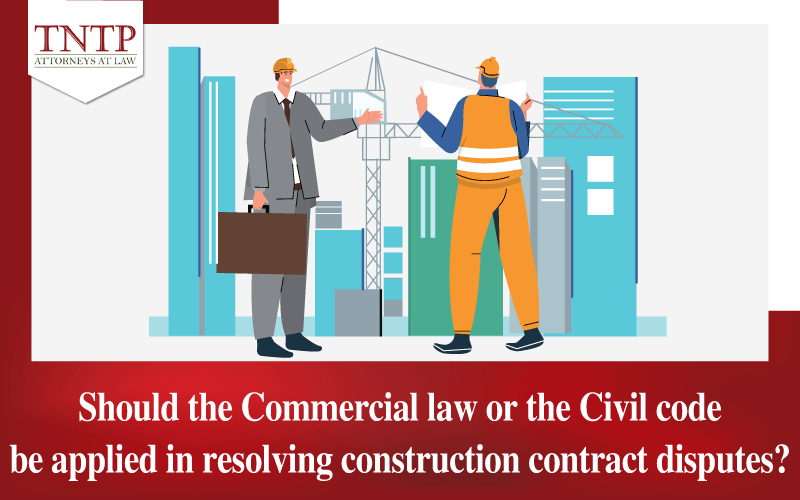Basic contents regarding related rights to copyright
In the current context of information and communication technology development, the protection of related rights to copyright is increasingly valued by rights holders. To protect their interests, rights holders need to thoroughly understand the legal regulations concerning related rights, thereby applying appropriate measures to ensure protected rights.
1. Concept and basis for arising related rights
In terms of concept, related rights to copyright (“Related rights”) are defined in Clause 3, Article 4 of the Intellectual Property Law of 2005, as amended and supplemented in 2009 and 2022 as follows: Related rights are the rights of organizations and individuals to performances, sound recordings, video recordings, broadcast programs, and encrypted program-carrying satellite signals.
Thus, Related rights are understood as the rights of performers regarding their performances, the rights of individuals and organizations regarding their sound recordings, and the rights of broadcasting organizations regarding their broadcast programs.
Related Rights arise from the moment the performance, sound recording, video recording, broadcast program, or encrypted program-carrying satellite signal is fixed or performed without infringing on the copyright. The non-infringement of copyright means that individuals and organizations do not engage in acts that infringe on copyright rights as stipulated in the Intellectual Property Law.
2. Organizations and individuals protected by related rights
• Performers: Actors, singers, musicians, dancers, and others who present literary and artistic works. Accordingly, those who do not directly present the work but only organize, direct, or support the performance will not be protected under related rights.
• Owners of Performances: Organizations or individuals who use their time, financial investment, and technical facilities to conduct the performances, unless otherwise agreed with the related parties.
• Producers of Sound and Video Recordings: Organizations or individuals who first fix the sounds and images of performances or other sounds and images. Those who create copies of sound and video recordings are not considered protected by Related rights.
• Broadcasting Organizations: Organizations initiating and conducting broadcasts. However, these organizations’ broadcast programs must result from creative activities initiated and first performed by these organizations to be protected. This protection allows broadcasting organizations exclusive rights to permit or prohibit rebroadcasting.
3. Objects of protection by related rights
• Performances: Performances are creative presentations of literary and artistic works by one or more persons aiming to convey the works to the public.
• Sound and Video Recordings: In general, sound and video recordings are physical representations of the sounds and images of performances or other sounds and images on durable materials such as tapes, discs, or other suitable means allowing perception, enjoyment (viewing or listening), copying, or repeated transmission without limitation in number. The objects of Related rights are only protected if they are original.
• Broadcast Programs and Encrypted Program-Carrying Satellite Signals
Broadcast programs are programs transmitted through wireless or wired means for the public to receive the sounds and images of works, performances, events, and information,…
Encrypted program-carrying satellite signals are program-carrying signals transmitted via satellite in which the characteristics of sounds or images, or both, have been altered to prevent unauthorized reception.
Broadcast programs and encrypted program-carrying satellite signals are protected when they fall into one of the following cases:
– Broadcast programs and encrypted program-carrying satellite signals of broadcasting organizations with Vietnamese nationality.
– Broadcast programs and encrypted program-carrying satellite signals of broadcasting organizations are protected under international treaties of Vietnam is a member.
4. Duration of protection for related rights
Depending on the object of the Related rights, the duration is defined as follows:
• Performers’ Rights: Protected for fifty years from the year following the fixation of the performance.
• Producers of Sound and Video Recordings’ Rights: Protected for fifty years from the year following the publication or fifty years from the year following the fixation if the recording has not been published.
• Broadcasting Organizations’ Rights: Protected for fifty years from the year following the broadcast of the program.
The protection duration ends at 24:00 on December 31 of the year the protection period of Related rights expires.
5. Exceptions and limitations of related rights
The exception applies to individuals and organizations that are allowed to use published performances, sound recordings, video recordings, and broadcasts without needing permission and without having to pay royalties to the rights holder, but they must inform about the performance, recording, or broadcast. Importantly, this usage must not conflict with the normal exploitation of the performances, recordings, or broadcasts and must not cause unreasonable harm to the legitimate interests of the rights holder. These exceptions are stipulated in Article 32 of the Intellectual Property Law.
Article 33 of the Intellectual Property Law specifies instances where published sound and video recordings can be used without permission but require royalty payments and notification about the recording. This usage must not interfere with the normal exploitation of the performances, recordings, or broadcasts and must not unreasonably harm the legitimate interests of the rights holder.
This article on “Basic contents regarding related rights to copyright” is presented by TNTP to readers. Hopefully, this article will be helpful to readers.
Sincerely,



